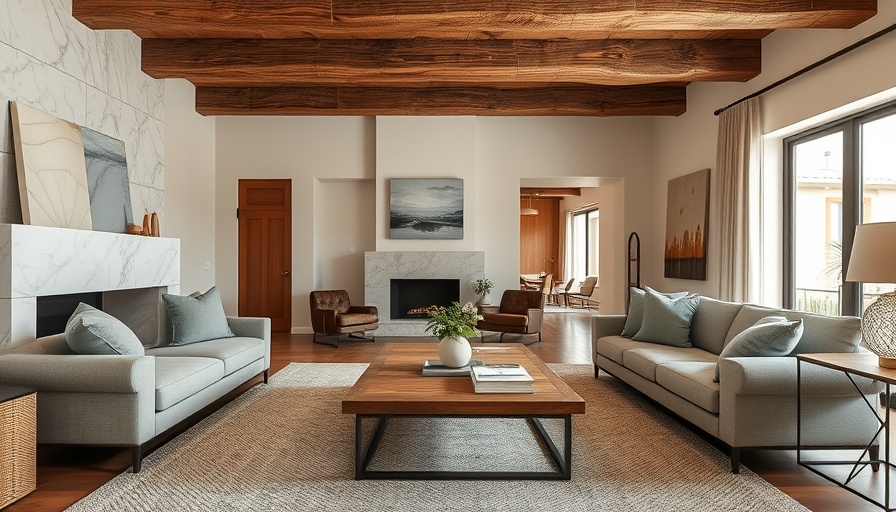
At Home’s Unexpected Change: Two Stores Saved
In a surprising twist for home décor enthusiasts and fans of the At Home brand, the retailer recently announced that two of its previously slated store closures would remain open. This decision stems from a filing made on July 15 in the U.S. Bankruptcy Court, bringing a glimmer of optimism to a situation that could have had far-reaching implications for consumers and the retail landscape. The stores in Princeton, New Jersey, and Wauwatosa, Wisconsin, will continue operations, showcasing how adaptive strategies might help retailers navigate turbulent economic waters.
Understanding the Background of At Home’s Bankruptcy
At Home, a prominent player in the home décor market, filed for Chapter 11 bankruptcy protection on June 16. This action followed reports of financial strain due to a challenging retail environment characterized by high inflation rates, soaring interest expenses, and burdensome customs tariffs. These factors contributed significantly to the company’s decision to close 26 out of its 260 locations. By filing for bankruptcy, At Home aimed to endure through restructuring while maintaining its core operations.
Why This Matters for Homeowners and DIY Enthusiasts
The fate of these stores has significant implications for homeowners looking to enhance their living spaces. For many DIY enthusiasts, local stores serve as the backbone of their home improvement projects, providing essential tools, materials, and inspiration. With two locations averting closure, shoppers can continue to access a wide range of affordable home décor items, supporting their creative aspirations without traveling far.
The Impact of Economic Pressures on Retail Choices
As broader economic conditions influence retail strategies, understanding the impacts on shopping behavior is crucial. For many consumers, particularly in the DIY and home improvement sectors, fluctuating economic indicators can alter purchasing patterns. Interest rates tied to loans for renovations, as well as discretionary spending influenced by inflation, may affect decisions about home projects. Insight into these retail dynamics assists homeowners in making informed choices regarding their renovations.
Celebrating Local Community Impact
This update also emphasizes the symbolic resonance of local businesses within communities. Home décor stores often go beyond providing products; they serve as gathering places for creative ideas and community bonding. The continuity of operations in Princeton and Wauwatosa reflects not just a commercial decision but a commitment to sustaining community identity in a tumultuous economic landscape.
How Homeowners Can Stay Informed Amid Changes
For homeowners and DIYers, keeping abreast of retail developments is essential. As At Home navigates its restructuring process, being vigilant about sales, availability of products, and any potential changes to operations can empower consumers to seize opportunities for savings and innovations in their home improvement projects. Frequent store visits and engagement through social media can yield the latest insights into product availability and community events.
Action Steps for Future Renovations
If you’re one of those homeowners looking to enhance your living space, consider taking proactive steps:
- Stay connected with local store updates through social media channels for newsletters on promotions and product offerings.
- Collaborate with local experts or engage in DIY workshops to refine your skills and gather new ideas.
- Plan ahead for larger projects depending on economic fluctuations; budget accordingly before making large purchases.
Final Thoughts: Is Your Home Prepared?
The news regarding At Home's store closures serves as a reminder of the resilience required in both personal finances and home projects. As homeowners, we can benefit by remaining adaptable and prepared. A focus on sustainable living, efficient renovations, and strong community ties can lead not only to improved home environments but also greater overall well-being.
Let’s creatively channel these insights into action—search for inspiration, visit your local home décor stores, and explore new project ideas. The market may be shifting, but that doesn’t mean we can’t continue to create beautiful living spaces that nurture our lives. Strike a balance between creativity and practicality, and your home will be a sanctuary of your making.
 Add Row
Add Row  Add
Add 




Write A Comment